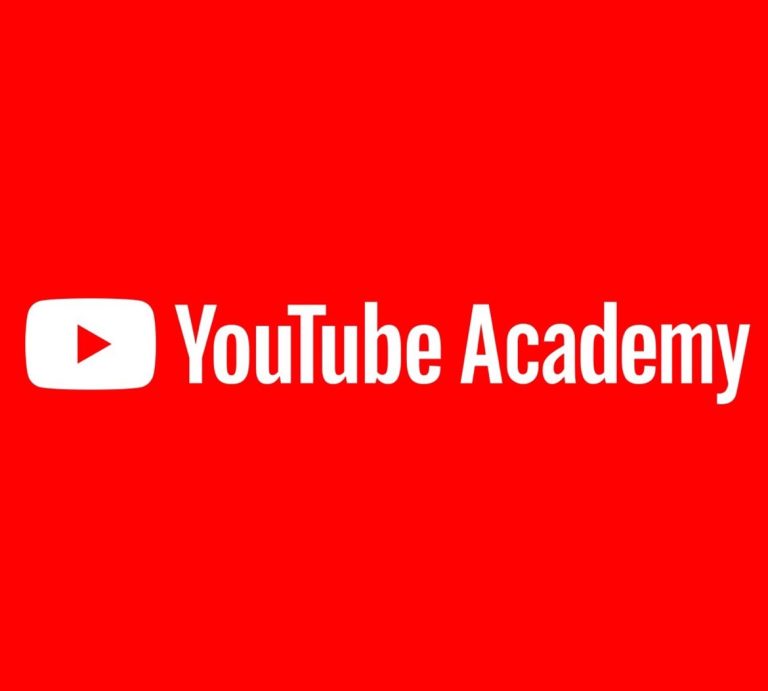No wonder why your Customer Acquisition has been stagnant if you haven’t been taking these into account in your Campaigns
As Meta grows, understanding the algorithm and the science behind machine learning is the way of the future that will lead to easier, more scalable success moving forward. It’s just about learning how to leverage it.
Scaling Facebook Ads profitably is one of the toughest challenges faced. Since the more money you spend, the higher the CPMs (Cost per million impressions) and CPAs (cost per acquisition) go. And as we know, when it comes to the previous steps for scaling, we want to make sure to run tests and variations in the most cost-effective manner in both the short and long run.
Gladly, we detail to you five important aspects to take into account when delegating the effectiveness of the campaigns run.
These practices have helped many to scale ad spend, decrease CPA and even increase sales while reducing CPP. And being aware of these techniques will allow you and your team to “crack the code” that many seemed to give up on trying.
Long story short, going wider and simpler with the targeting, having top creatives on your campaigns and letting the algorithm work in your favor are musts.
Want to know how to leverage the most out of ad-scaling rules in 2022?
Just make sure you take into account these 3 techniques:
- Account Simplification
- Automatic and Manual Placements
- Dynamic Ads
ACCOUNT SIMPLIFICATION
Long gone are the days when hyper-targeting your campaigns will lead to success. Creating Facebook campaigns by specific placements, specific niche audiences, or specific demographics are tactics that may have worked well in the past, but they’re no longer strategies that help you scale. On top of that, they also cause unnecessary redundancies and confusion.
Instead of that, go broader with the targeting. Simplify the account structure with fewer campaigns and ad sets. Meta has spent millions and millions on technologies that work towards finding patterns and trends that seem to work best for each case, so why shouldn’t we take advantage of it instead of wasting tons of time, money, design ideas, and budget on what is already done?. That being said, you let Meta’s algorithm test in real time which placements, audiences, and creatives are driving performance.
I would be risking myself if I were to say there is a one-and-only way to go in this Account Simplification Process. Every brand is a different world, with different unique problems to face. What I could say though, is that most B2C/B2P advertisers could follow a structure that has shown to be evergreen and work well. This consists of 3-4 simultaneous campaigns covering the whole funnel structure.
An example of it could be:
Top Funnel → Prospecting Campaign

Middle Funnel → Re-engagement and Remarketing


Bottom Funnel → DPAs (But please avoid this step if you only offer one product)

AUTOMATIC PLACEMENTS
When setting up a campaign, you get to choose on which platforms it will be shown. You could think your best option is designing 70% of your daily Ad Spend since the majority of your audience and prospects are showing tons of interaction on the platform. However, it could turn counterproductive for both the campaign and your wallet. Same outcome would be also if you rely merely on Automatic Placements since the very first begginning. Meta offers an Automatic Placement feature that gives the delivery system more flexibility to get you more and better results. However, by Automating ever since minute one, specially of you are running a Top-of-funnel testing campaign, will highly impact your chances of scalability and precise data to work with.
The automatic placements enables to get the best results available across all default placements. Because the algorithm gets to choose results from the widest range possible. Automatic placements are typically the most efficient use of your budget and help control costs.
And before you get confused with this, I’ll break it down since, long story short, both are beneficial for your campaigns.
Let’s put the example where the average cost per optimization event on Facebook Feeds is significantly cheaper than it is on Instagram Stories, you might want to stop placing your ads in Instagram Stories and place more of them in Facebook Feeds.
And I can see why you’d consider that, but keep in mind that the delivery system is designed to get you the most optimization events at the lowest average cost overall – not the lowest average cost for each placement. This means Meta looks at all available opportunities across all placements and selects the least-expensive ones without regard for what the average cost per optimization event will be for each placement.
Now, this is an excellent way to go for middle and bottom stages of the funnel, where your avatar has already been designed. This optimization helps you to be budget efficient since it will show your ads in an optimized and efficient manner for people that have already engaged with you.
For testing and top of funnel though, since it tests different variables, it’s most valuable to get high quality leads and that could only be measured by analyzing on broad and well-diverse platforms. Facebook or Instagram per se are good examples of this. As we were taught in school: The more data to test with, the more accurate results will we get.
When structuring a solid and results-driven funnel, we must always take into account how Reach and Impressions do not always mean Conversion. Which for e-commerce, is oxygen.
A recap of this section would be, start out with a manual placement which may be a little costly that having it automated, but in the end, it will lead to having way better leads already in the funnel. When already inside, automating and letting Meta’s algorithm do it’s magic will be that breaking point that leads to scalability and sales growth.
DYNAMIC PRODUCT ADS
Long story short, they are a way to create customized advertising content for your audience without having to go through the minutiae of building a Remarketing Campaign from scratch. It tracks individual users’ behavior and uses it to create custom Ad experiences using products that they’ve previously viewed in your product catalog.
So, it’s essentially automating your Remarketing efforts to handle the hard parts of setup and optimization for you.
But wait! Because it doesn’t end there. As well as offering a great way to engage with past visitors and purchasers, Dynamic Product Ads are useful for helping you find new customers online.
Some of the DPAs most interesting features include:
Retargeting Previous Visitors
It will show your ads to people who’ve shown an interest in your business by taking action on your website, app, or Facebook page. They’re a way to quickly integrate your original marketing campaigns into your social remarketing campaigns.
Attract New Audiences
By using Broad Audience Retargeting you can also reach people who have never interacted with your brand. This should allow you to scale your most successful campaigns to a wider audience while retaining (or maybe even improving) your relevancy.
Up-selling, Excluding, and Cross-selling Past Visitors
Once someone purchases a certain item from you those users won’t be served that product ad again. This way you can save precious ad spend by excluding past users/buyers who would be a waster overlap in your audience.
On the other hand, if you have a product that lends itself to the idea, DPAs also enable you to cross-sell and up-sell to past purchasers, increasing Lifetime and Average Order Values.
In conclusion, we are not saying that by not applying these three techniques you won’t be seeing any fruitful results. But we believe it’s just something important to always keep in mind when building out your Facebook campaigns for your specific brand and with what you sell since they are
- Results-driven
- Time-efficient
- Bigger Picture Advocates
Would you add anything else to the list? I hear you!





